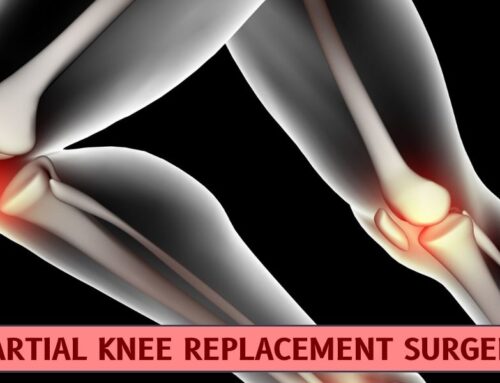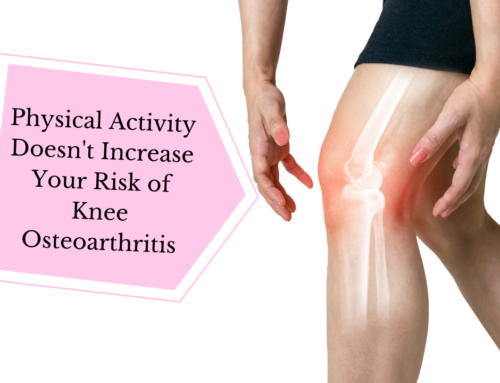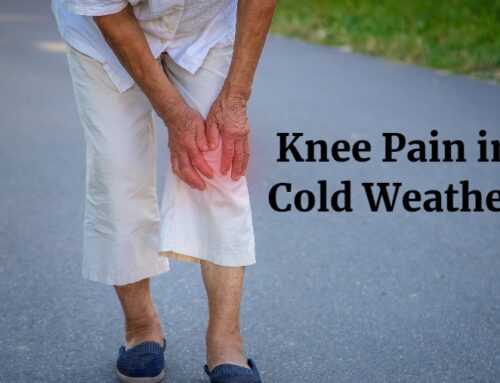Understanding Knee Arthritis
Knee arthritis comes in various forms, each presenting unique symptoms and difficulties. From osteoarthritis to rheumatoid arthritis, understanding the specific type is vital in tailoring an activity plan that suits individual needs.
Importance of Physical Activity
Contrary to misconceptions, staying active is a cornerstone in managing knee arthritis. Regular exercise not only helps in maintaining a healthy weight but also plays a pivotal role in managing pain and improving joint function.
Low-Impact Exercises for Knee Arthritis
Walking and its Advantages
Walking is a simple yet effective exercise for individuals with knee arthritis. It promotes joint flexibility and strengthens surrounding muscles without exerting excessive pressure on the knees.
Swimming and Water Aerobics
Embracing aquatic activities provides a weightless environment that reduces impact on joints. Swimming and water aerobics offer a refreshing way to exercise while being gentle on the knees.
Cycling for Joint-Friendly Activity
Cycling, whether on a stationary bike or outdoors, is an excellent low-impact exercise. It promotes cardiovascular health and strengthens leg muscles without causing undue stress on arthritic knees.
Strengthening Exercises
Building muscle strength around the knee is crucial for stability and pain management. Specific exercises, such as leg raises and squats, target key muscle groups to support the knee joint.
Flexibility and Range of Motion Exercises
Incorporating stretching routines and practices like yoga enhances flexibility. These activities help in maintaining joint mobility, reducing stiffness, and improving overall functionality.
Lifestyle Modifications
Maintaining a healthy weight is pivotal for managing knee arthritis. A balanced diet rich in anti-inflammatory foods can contribute to joint health, reducing the impact of arthritis symptoms.
Assistive Devices
Incorporating assistive devices like braces and supports provides added stability. Canes can be beneficial in reducing strain on arthritic knees, enabling a more comfortable and secure movement.
Balancing Rest and Activity
Understanding the need for rest is equally important. Striking a balance between activity and rest ensures that the knees are appropriately exercised without causing fatigue or exacerbating symptoms.
Seeking Professional Guidance
Consulting healthcare professionals, including rheumatologists and physical therapists, is crucial. They can offer personalized advice and design exercise plans tailored to individual needs and limitations.
Coping with Flare-Ups
Arthritis flare-ups are inevitable, but there are strategies to manage them effectively. Adjusting activities during challenging times and incorporating joint-friendly exercises can ease discomfort.
Psychological Impact
Addressing the psychological impact of knee arthritis is essential. Maintaining a positive mindset and seeking support for mental health contributes to an overall better quality of life.
Community Support
Engaging with others facing knee arthritis can provide valuable insights and emotional support. Joining support groups or participating in online communities fosters a sense of belonging and understanding.
Holistic Approaches
Exploring alternative therapies, such as acupuncture or herbal remedies, can offer additional relief. Mind-body practices like meditation and mindfulness contribute to overall well-being.
Conclusion
Navigating life with knee arthritis requires a holistic approach that combines physical activity, lifestyle modifications, and psychological well-being. By incorporating these strategies, individuals can enhance their quality of life and maintain an active and fulfilling




